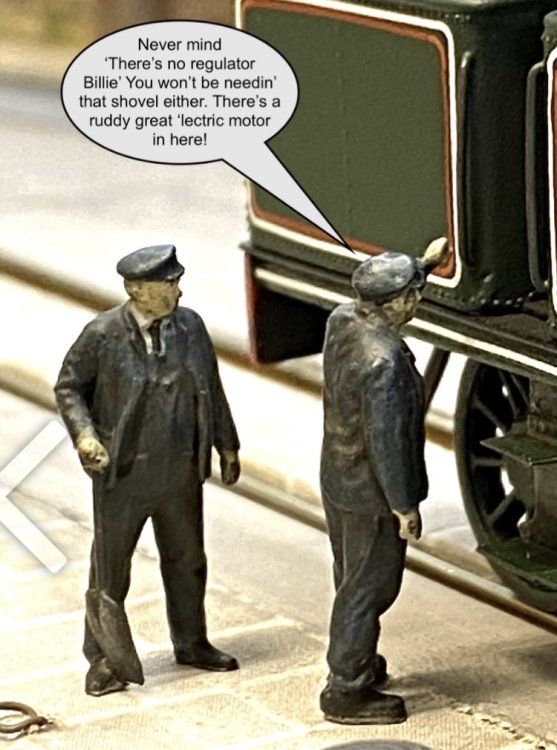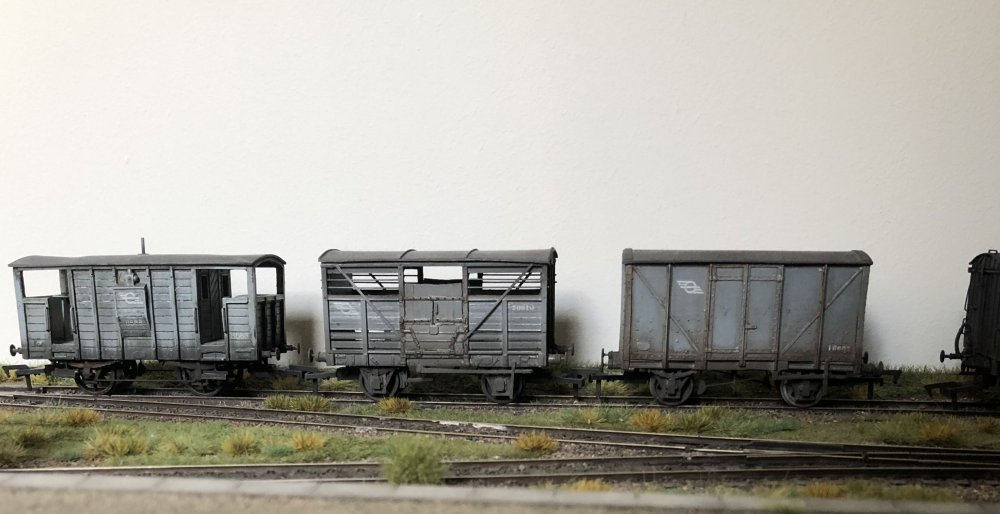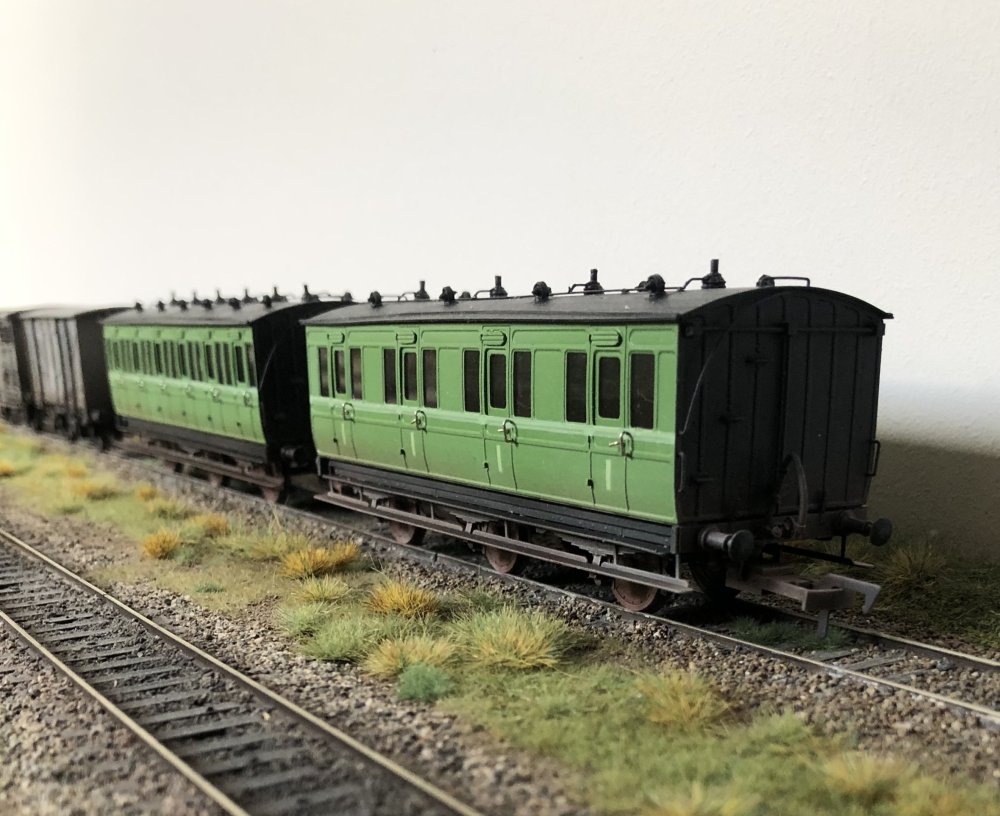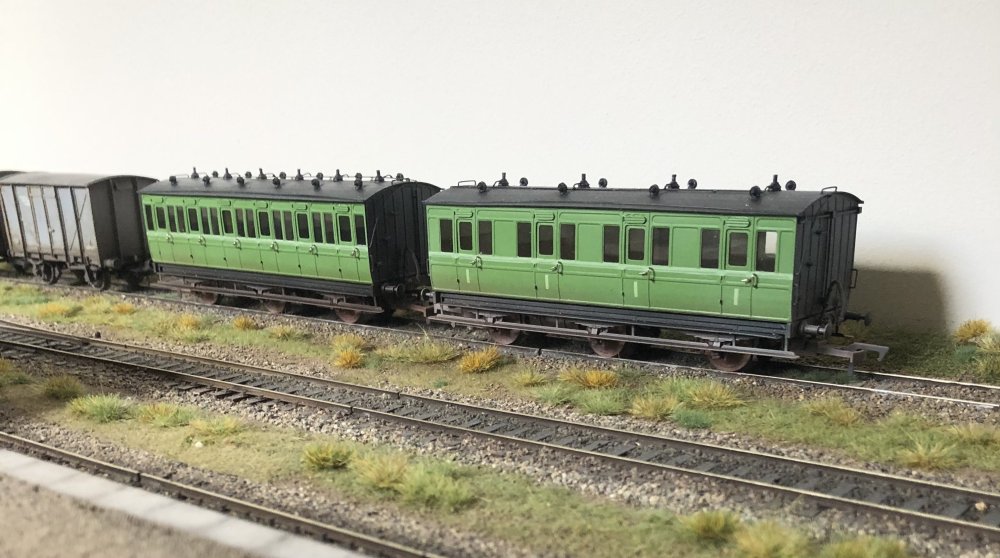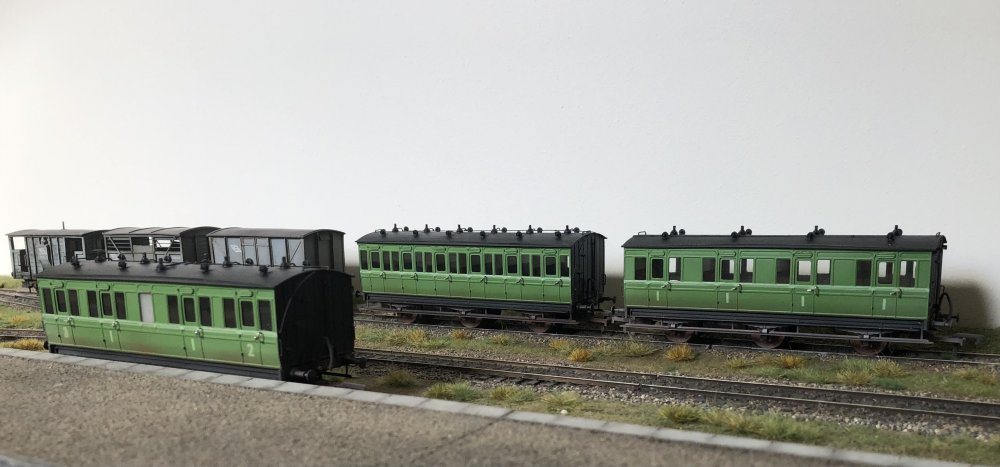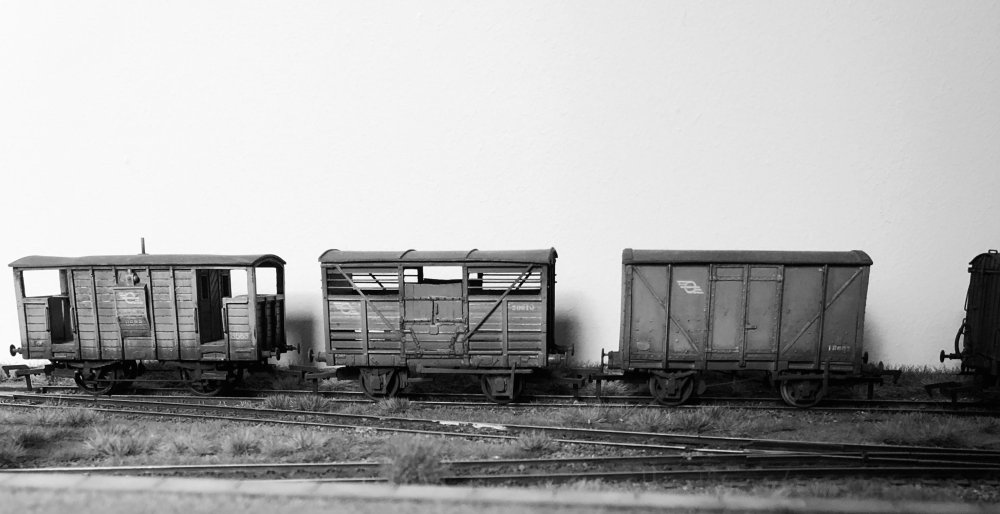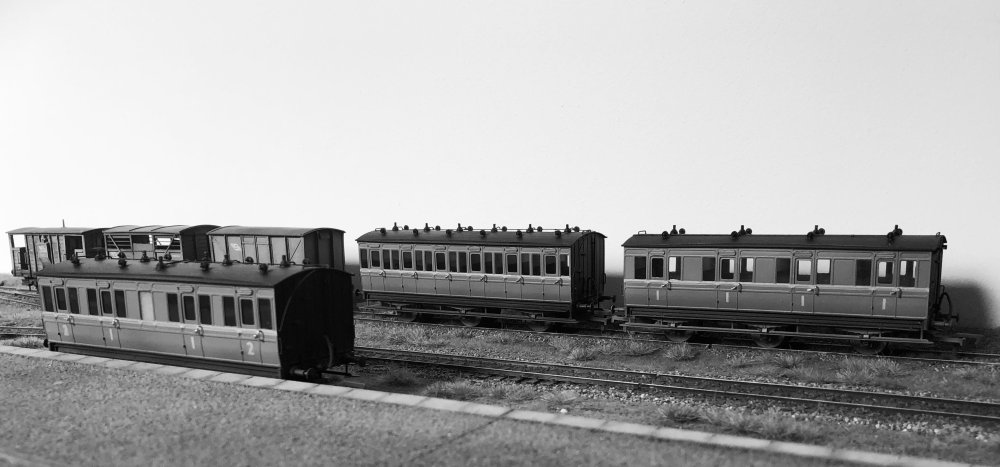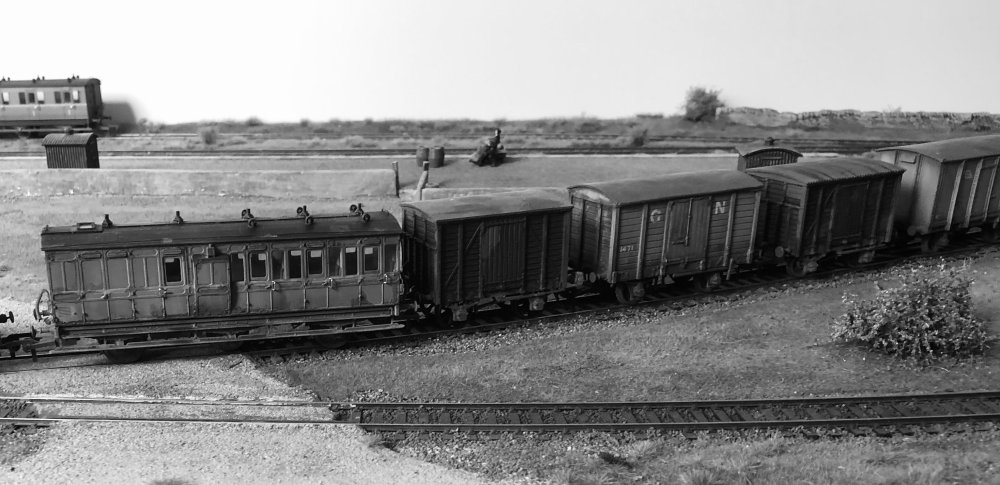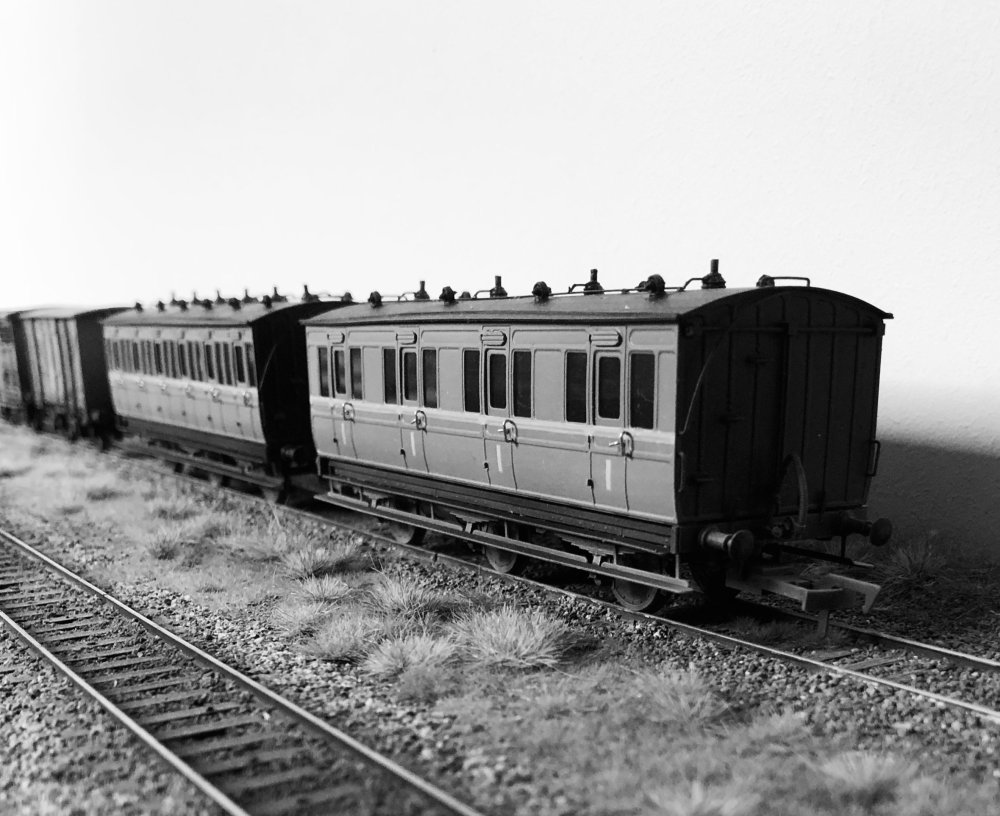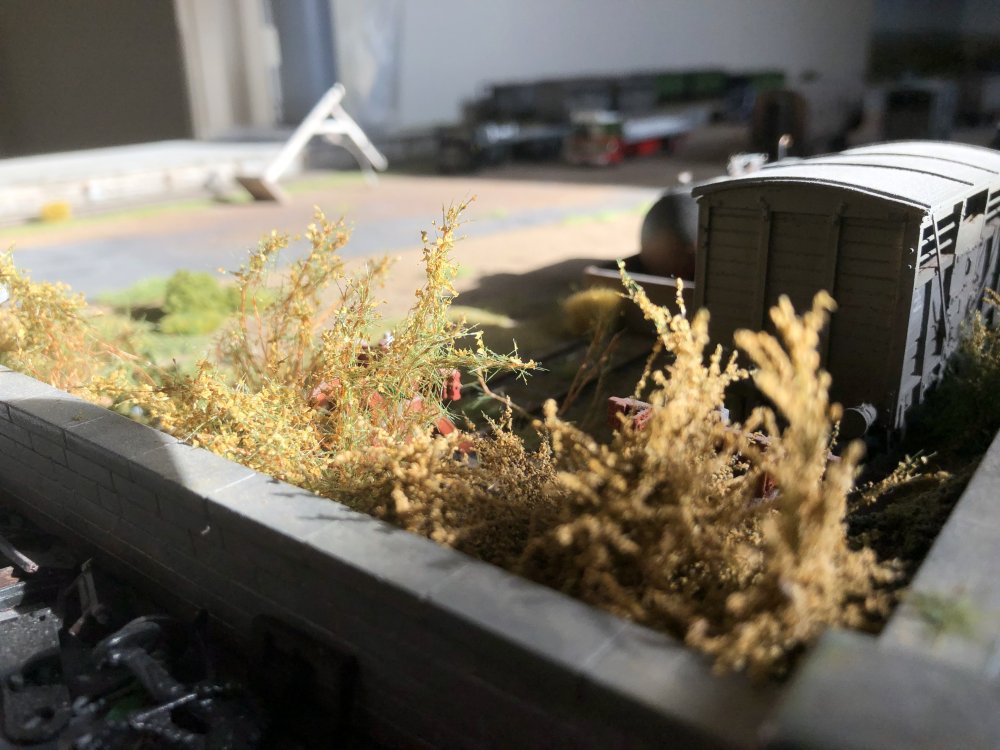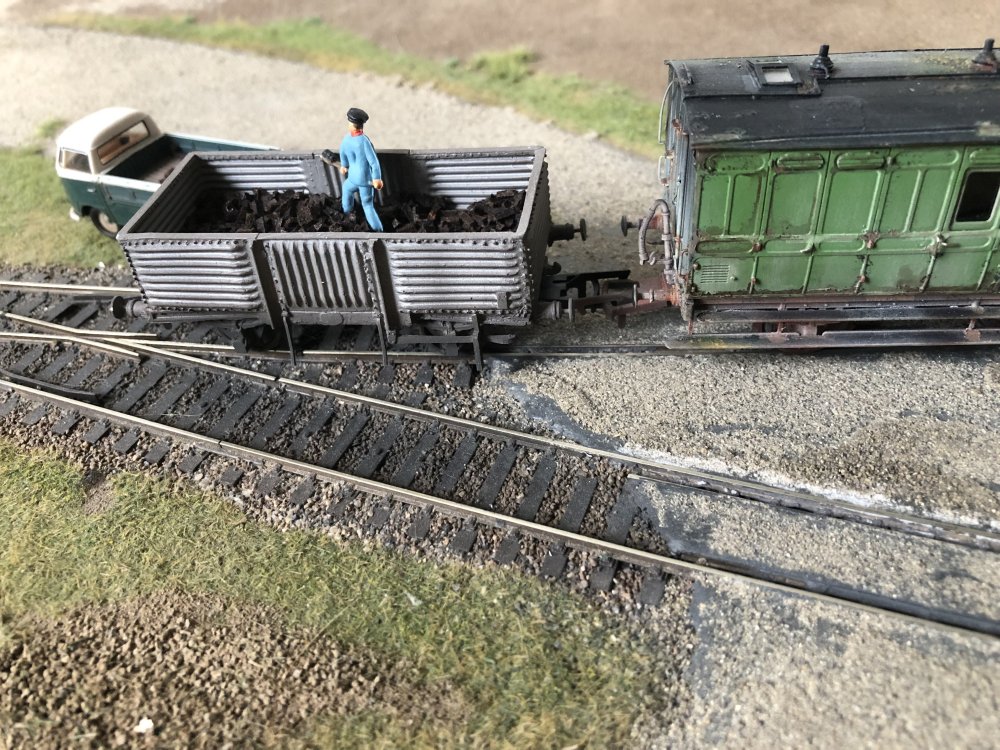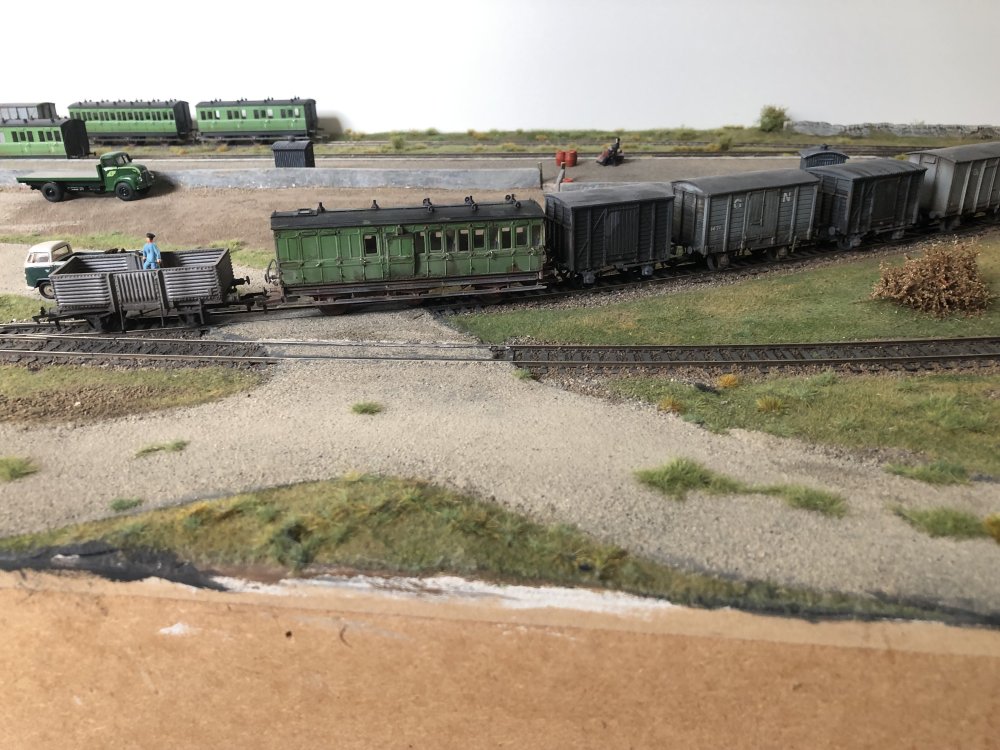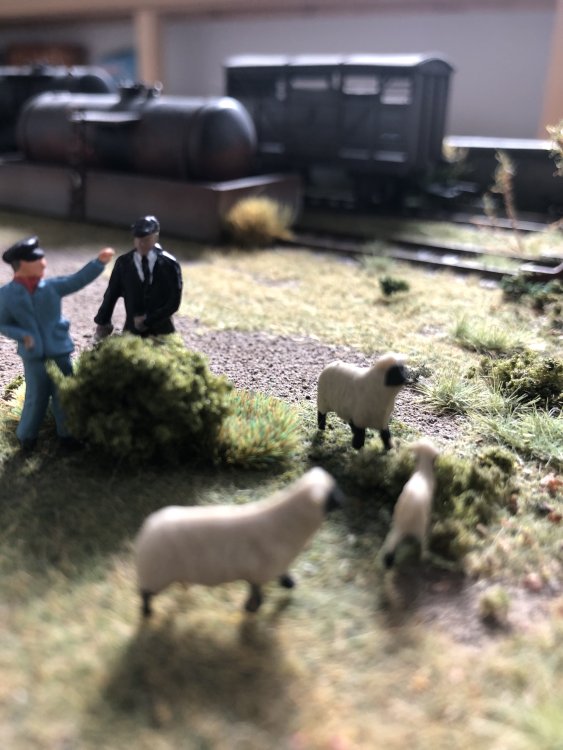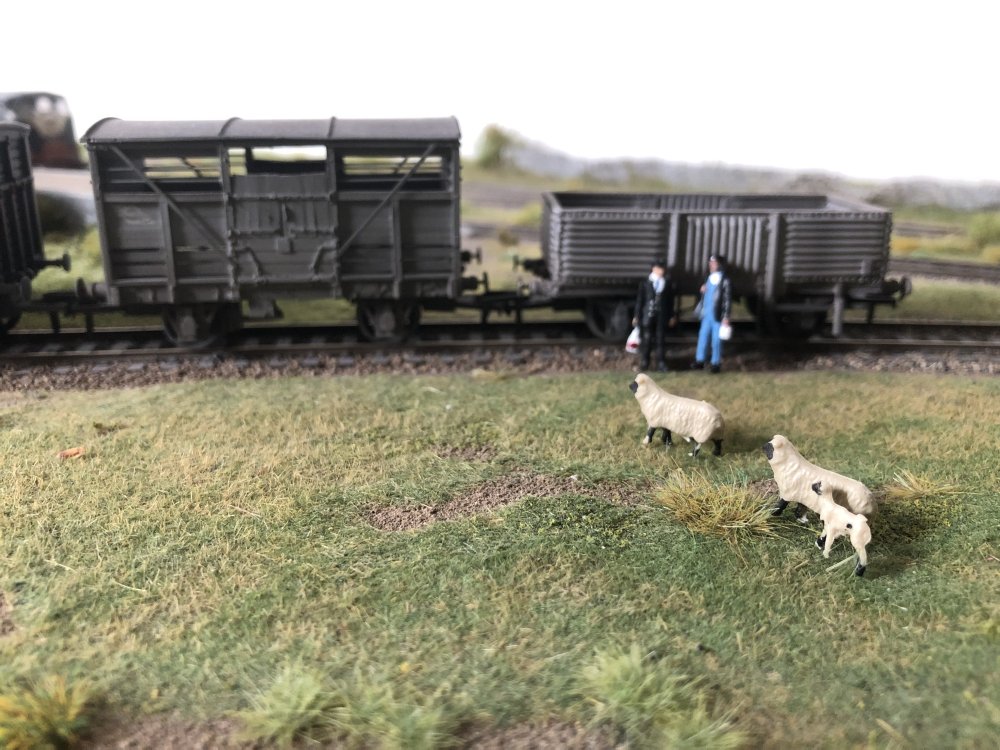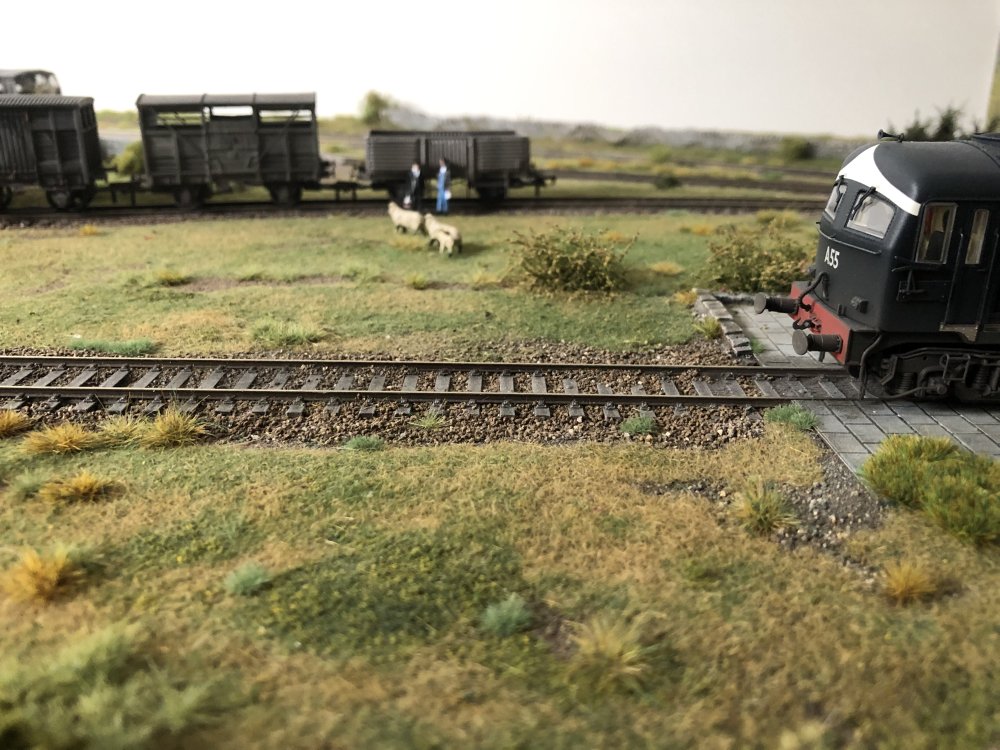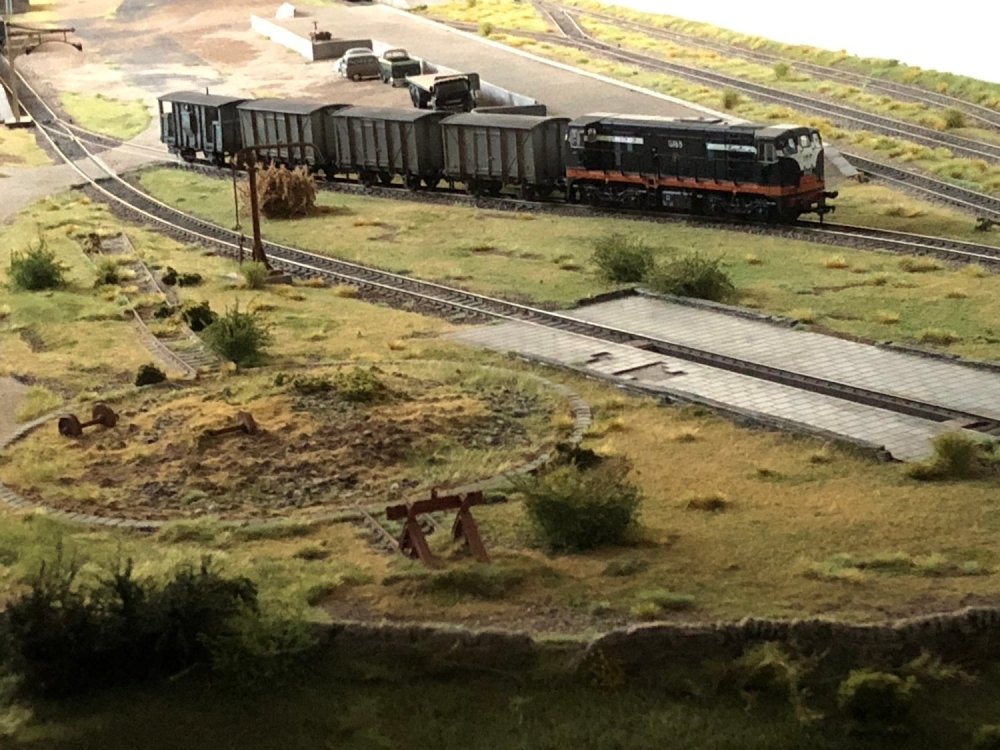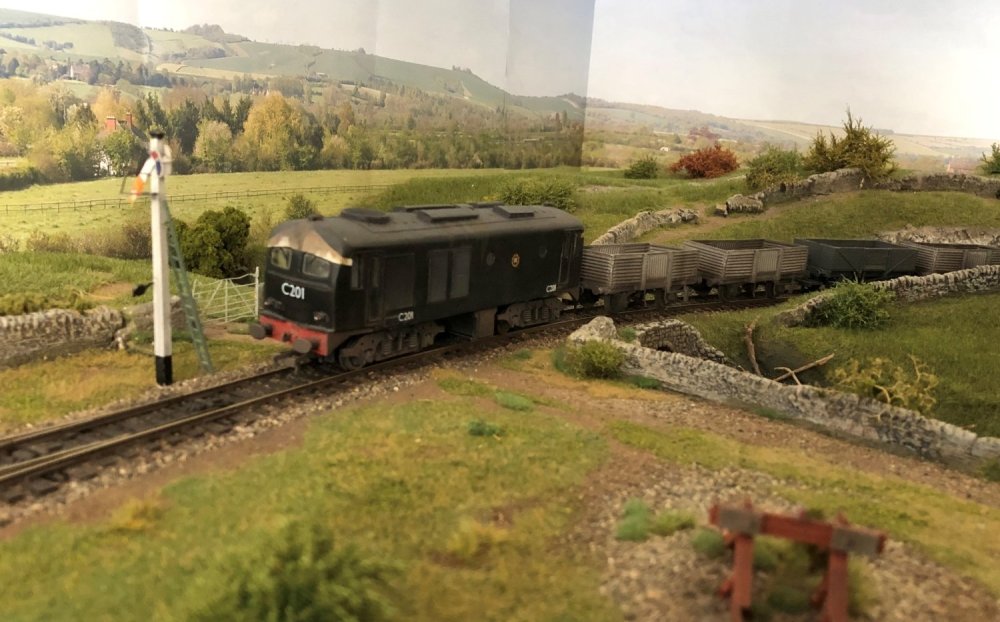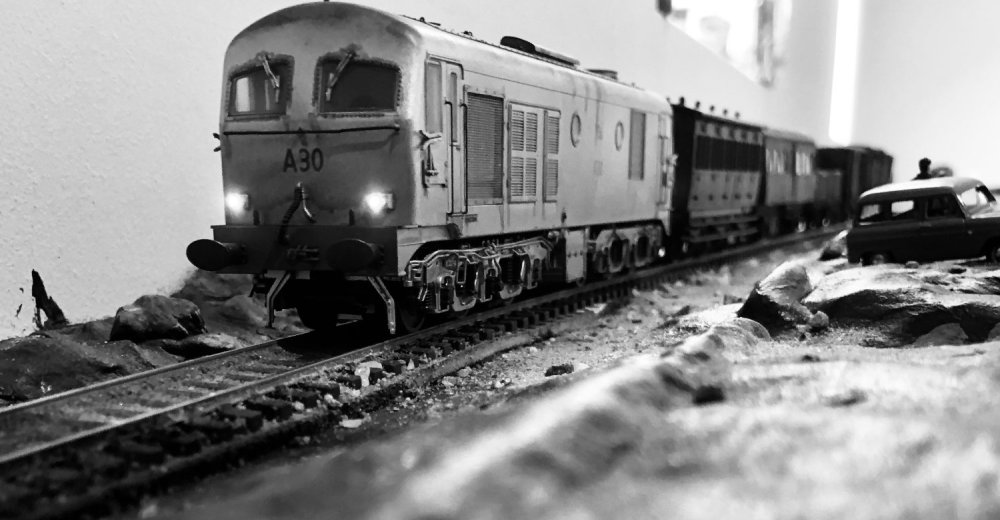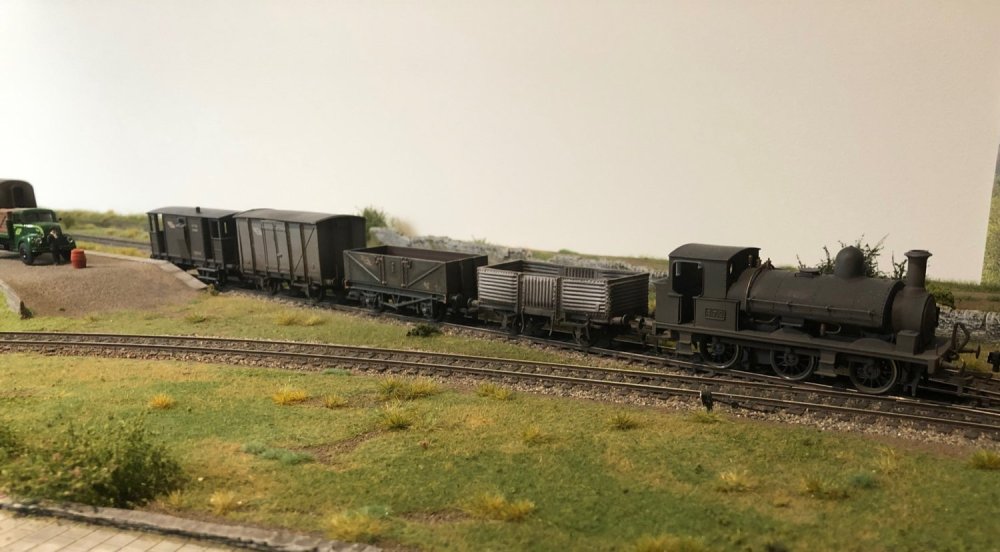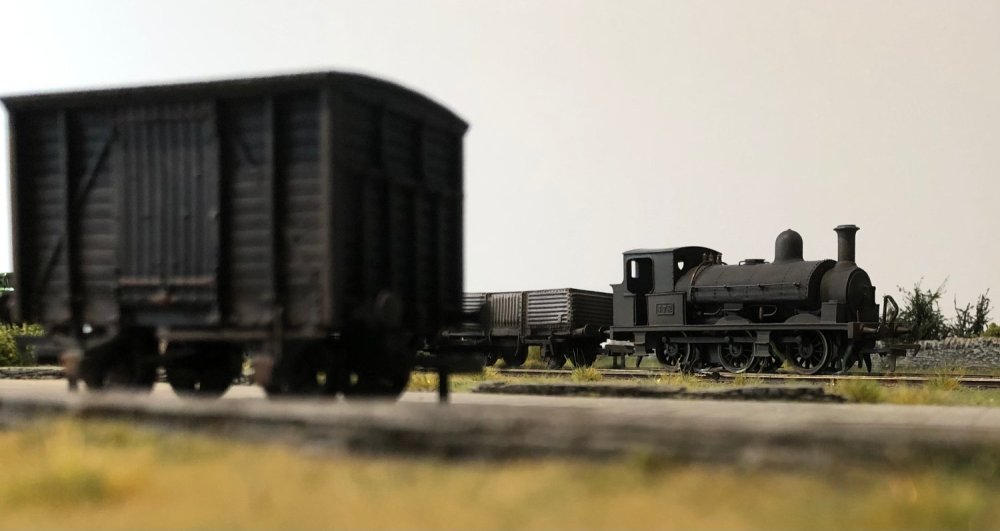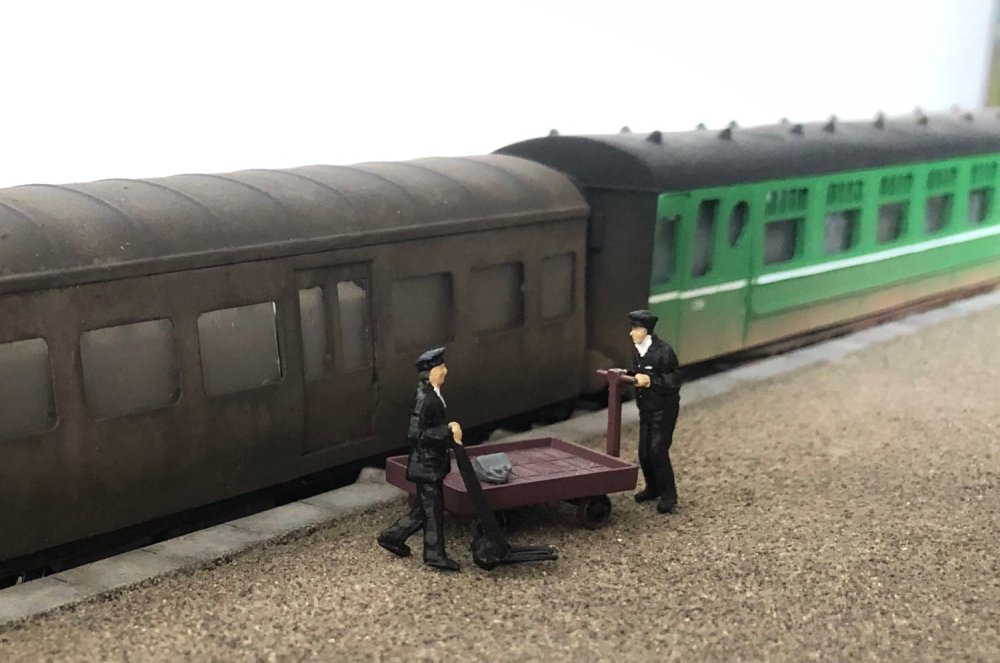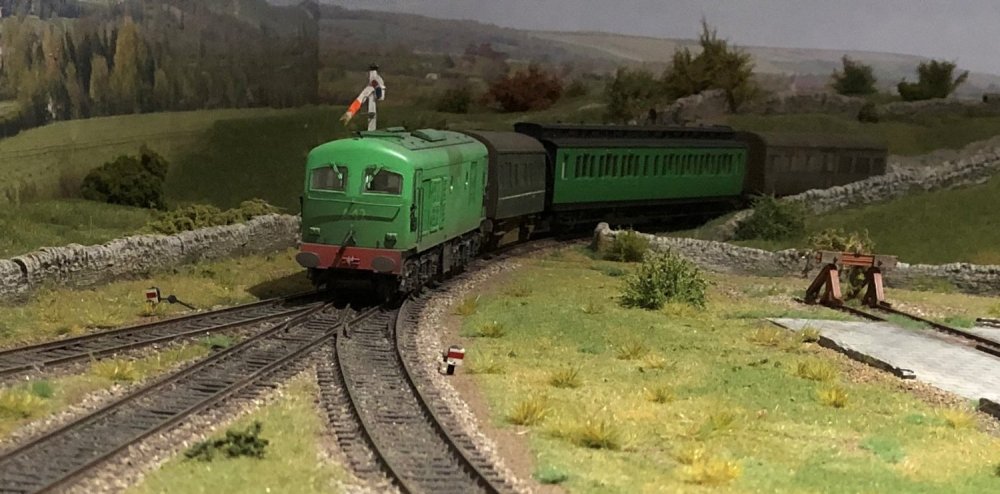-
Posts
15,896 -
Joined
-
Last visited
-
Days Won
394
Content Type
Profiles
Forums
Events
Gallery
Blogs
Community Map
Everything posted by jhb171achill
-
I paid 11 shillings (55 pence) for a Hornby Mk 1 coach in J C Pattersons, about 1969. My pocket money was two shillings (10p) a week, so this was a significant investment. A three bedroom detached house in a nice area, at the time, cost £4000-£5000, and if your take home pay was heading towards £100 a month you were minted.
-
I’m pretty sure 18 had been no scrapped by then - it wasn’t long in use. No, indeed they never were used on line work at all, even within the UTA, bar a trial run or two no further than Carrickfergus. They were strictly, and purely shunters. They didn’t pull trains. One only lasted a few years, the other shunted York Road and Belfast dicks all of its longer, but still very short life. Strange choice for a model, as they were short-lived, and never used as train engines.
-
Irish Railway News ‘Enterprise Watch’
jhb171achill replied to IrishTrainScenes's topic in General Chat
33rd Septober 2042 now confirmed as definite. Journey time just one hour from Grosvenor Road Grand to Clongriffin, and just under three hours from there to Clontarf Road. -
It's the IRRS special of 2nd August 1949, covering Ardglass and Ballynahinch.......and the Copeland Islands (Steam) Car Ferry.......
-
Worth adding, for those modelling a particular one at a particular time, the following: 1. Originally in the green livery as shown. Possibly slight tad darker from what the late Bob Clements told me, but there or thereabouts. 2. None got the very short-lived blue livery (only a handful of main line passenger locos did) 3. Any repainted between 1918 & 1924 would have been black lined in red - though, I’ve never seen a photo of one like this. 4. After 1925, all dark grey to the end. Photos at the very end of steam appear to show a black 560, but it’s been polished with oily rags. I know this as I had the numberplate off it from final condition! So CIE never painted any of that class black.
-
Limerick- Ballybrophy rolling stock
jhb171achill replied to Metrovik's question in Questions & Answers
Or a bus shelter, thankfully! Now, Rosslare....... Many ex-GSW station buildings still exist on the Cork line, and Limerick Junction to Waterford. Presumably they're listed. But most are in need of TLC, and if left alone will deteriorate in the near future to a point of no return. Pity they don't refurb them and rent them out. Not one reason in the world why not. -
Harland and Wolff making trains for the first time since the 1940s
jhb171achill replied to GSWR 90's topic in News
I note in the photo the window frames are varnished wood rather than dark maroon….. -
Harland and Wolff making trains for the first time since the 1940s
jhb171achill replied to GSWR 90's topic in News
Do you mean making the loo IN the coach into a museum? -
Harland and Wolff making trains for the first time since the 1940s
jhb171achill replied to GSWR 90's topic in News
IRRS archives will have some stuff. I had a couple of UR Boardroom Miunute books from 1876/7 some years ago but I'm afraid I either sold them or donated them somewhere (IRRS? DCDR?) UR Luggage lables turn up on fleabay now and again. -
Harland and Wolff making trains for the first time since the 1940s
jhb171achill replied to GSWR 90's topic in News
SUPERB!!!!!! And 17.5 Fumpers = 1 Gricer......... -
Harland and Wolff making trains for the first time since the 1940s
jhb171achill replied to GSWR 90's topic in News
True, and amazing! -
Harland and Wolff making trains for the first time since the 1940s
jhb171achill replied to GSWR 90's topic in News
Ah, them oul Ottomans! -
Harland and Wolff making trains for the first time since the 1940s
jhb171achill replied to GSWR 90's topic in News
When it was built, measurements would have been in inches, groats, roods, quarts, perches and cubits...... and other such medieval nonsense! -
On a quiet summer evening, Dugort Harbour reposes, since the late afternoon mixed went back to Castletown. Since it’s fair day tomorrow, several cattle trucks and spare passenger stock are stabled here this evening. Smell the salt air and drifting turf smoke….. beyond the gulls down at the harbour, silence. This might look better for 1959!
-
It’s a quiet sunny afternoon at Dugort Harbour in August 1959, as Pat unloads a VW-sized consignment of turf just arrived from Kenmare. Meanwhile, the sun illuminates the gorse and fuchsia behind the buffer stops….
-
“I thought PJ had got someone to fix that fence?” ”C’mon SHOO!!!” ”Ye’d better get Bridie - I think they’re hers….” —- —- —- “…Need to get ‘em out before PJ comes back. And put some oul oil drums or lobster pots in that gap or they’ll just come back in….”
-
Indeed - and worthless as scrap metal! Yes to both of them.
-
Harland and Wolff making trains for the first time since the 1940s
jhb171achill replied to GSWR 90's topic in News
Outstanding! Excellent! -
Limerick- Ballybrophy rolling stock
jhb171achill replied to Metrovik's question in Questions & Answers
100 years ago you're looking at the end of GSWR days, at which time the line was far from sleepy, with the Nenagh branch, as it was known, having heavy goods traffic plus two main line trains a day plus locals. Typical locomotives would have been standarrd GSWR types, mostly J15 0.6.0s, but with a good few of Limerick's ex-WLWR locos, including 2.4.0s. Passenger traffic would have been in the hands of various classes of GSWR 4.4.0s, with ex-WLWR ones more to be seen on locals, especially to Killaloe. Passenger stock was a mixture. Local trains almost entirely non-corridor six wheelers, main line trains a mix of about 50/50 these and corridor and non-corridor bogies. Not sure about pullmans - they only had a handful of these, and they were more normally one each on the up and down Cork and Galway mails. However, the main line services had dining cars after, probably, about 1900. Within a year, with the GSR taking over, and ex-MGWR stock working into Limerick somewhat more, the odd ex-MGWR coach might have turned up, but this line remained pretty solidly "southern" territory until diesel days. The forthcoming Hattons Genesis six-wheel coaches are very close to what would have operated over this route on all but Dublin services. 00 Works' J15, if you could get one now, is the "go-to" locomotive for local, mixed and goods trains on this line at the time you're talking about. -
Harland and Wolff making trains for the first time since the 1940s
jhb171achill replied to GSWR 90's topic in News
A replica UR one would be interesting - IF they had them! -
TRUE!
-
VERY good idea……
-
A bright day in summer 1965, and B141 is heard above the seagulls as it idles its way down to Dugort Harbour with the mixed. Only one van to unload today, with rolls of Irish Linen from Brookhall Mill for the local textile firm, O'Shea's who make linen souvenir goods for tourists, and some cases of Persil for McInerney's Cash Stores. Seen from a hill opposite the station, B165 shunts the following day. C201 appears in Dugort Harbour with a rake of empty trucks one day in 1966. Coal boats, once reasonably common here, only turn up about three times a year now, but when they do, the coal is unloaded into wagons and taken away.....
-
On a murky day in 1957, A30 approaches Dugort Harbour with the 08:35 mixed. On a bright summer day in 1960, No. 472 leaves Dugort Harbour with an overload goods. Two years later, in her last year in use, the same loco is seen shunting at Dugort Harbour. Yes, it's about to rain. "OK, Here's one. The Englishman an' the Scotsman an' Irishman walk into a bar, an' there's a rabbit sittin' there with a bottle o'stout in front of him, an' a woman on his lap......" "I'm tellin' ya! Thirty five vans an’ a drover’s van, over the summit with 120 pounds on the clock…. If anyone could keep time with that lot it was him, even with THAT coal…..” An almightly thunderstorm is about to erupt one summer afternoon in July 1963 as A42 brings the afternoon connection off the down Tralee train into Dugort Harbour.
.png.c363cdf5c3fb7955cd92a55eb6dbbae0.png)


